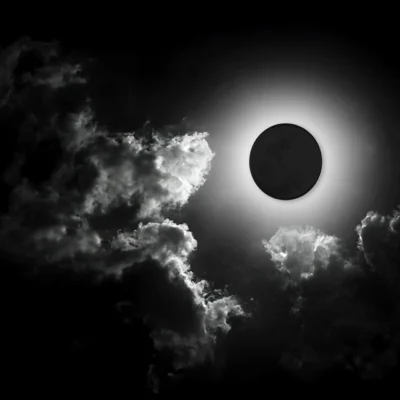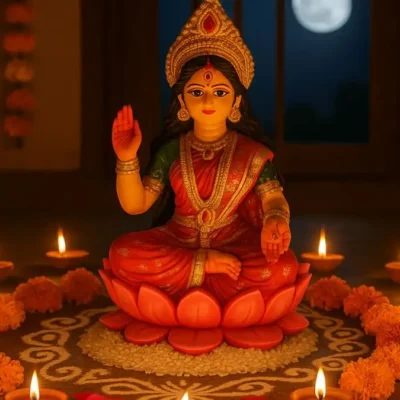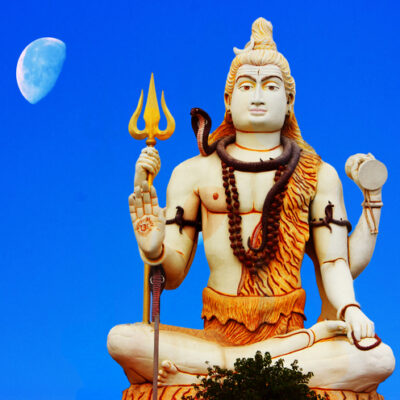Ujjain Sri Mahakaleshwar (Jyotirlinga) Temple, Madhya Pradesh

Address
Ujjain Sri Mahakaleshwar Jyotirlinga Temple, Ujjain Madhya Pradesh 456001,India
Deity
Mahakaleshwar(shiva)
Introduction
Here’s a summarized version of the content:
- Introduction:
- Mahakaleshwar Jyotirlinga is dedicated to Lord Shiva and is located in Ujjain, Madhya Pradesh, India.
- It is one of the twelve Jyotirlingams and is considered highly sacred.
- The presiding deity is believed to be Swayambhu (self-manifested), deriving Shakti from itself.
- The temple is featured in the History TV18 show “Mahakaleshwar: The Legends of Shiva” (2019).
- It is one of the 18 Maha Shakti Peethas, where the upper lip of Sati Devi is said to have fallen.
- Puranic Significance:
- The temple was destroyed in the 13th century by Sultan Shams-ud-din Iltutmish and later rebuilt by Maratha general Ranoji Shinde in 1734 CE.
- The temple was further developed by Mahadji Shinde and Baiza Bai.
- After independence, management was transferred to the municipal corporation of Ujjain.
- Special Features:
- Ujjain, historically known as Avantika, was a center of devotion and education.
- Legend of King Chandrasena, a devotee of Lord Shiva, and Shrikhar, a farmer’s boy who prayed to Lord Shiva, leading to Lord Shiva’s appearance in Mahakala form.
- Lord Shiva, in Mahakala form, is said to protect devotees from enemies and grant them freedom from death and diseases.
- Bharthari, an ancient king of Ujjain, became a religious mendicant after experiencing the consequences of infidelity, and later achieved salvation at Kalahasthi.
- Kalidasa, the Sanskrit poet, mentions the temple rituals in his work Meghadūta, describing the nada-aradhana (ritual music and dance) performed during evening rituals.
Festivals
On the day of Maha Shivaratri, a huge fair is held near the temple, and worship goes on through the night.
Century/Period/Age
2000
Managed By
The administration of Ujjain was assigned by Peshwa Bajira
Nearest Bus Station
Jaisinghpura
Nearest Railway Station
Ujjain
Nearest Airport
Indore









